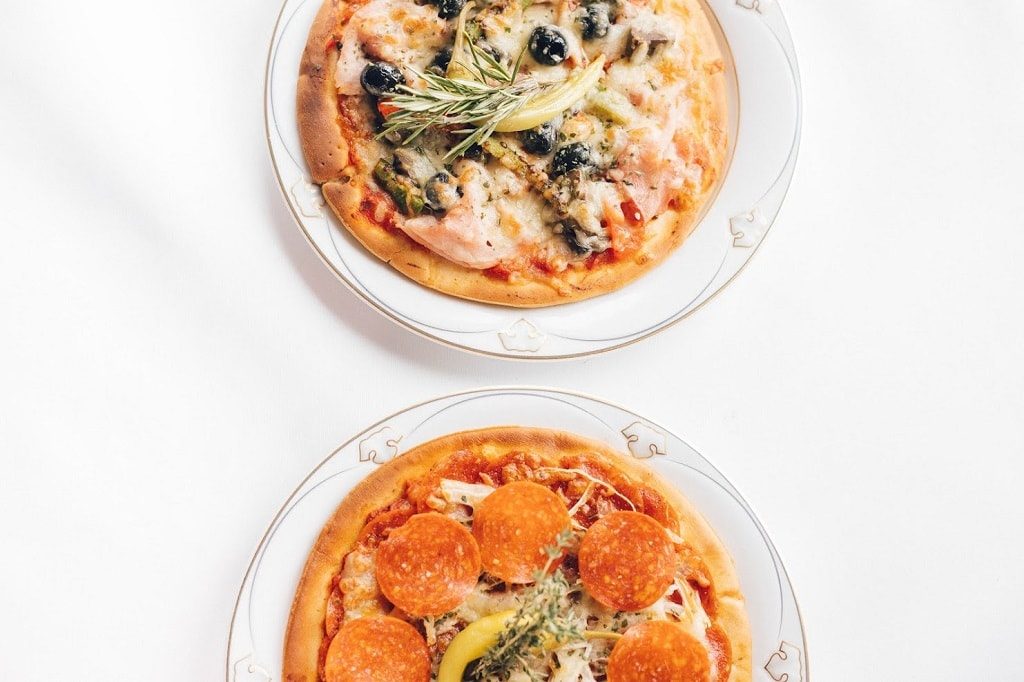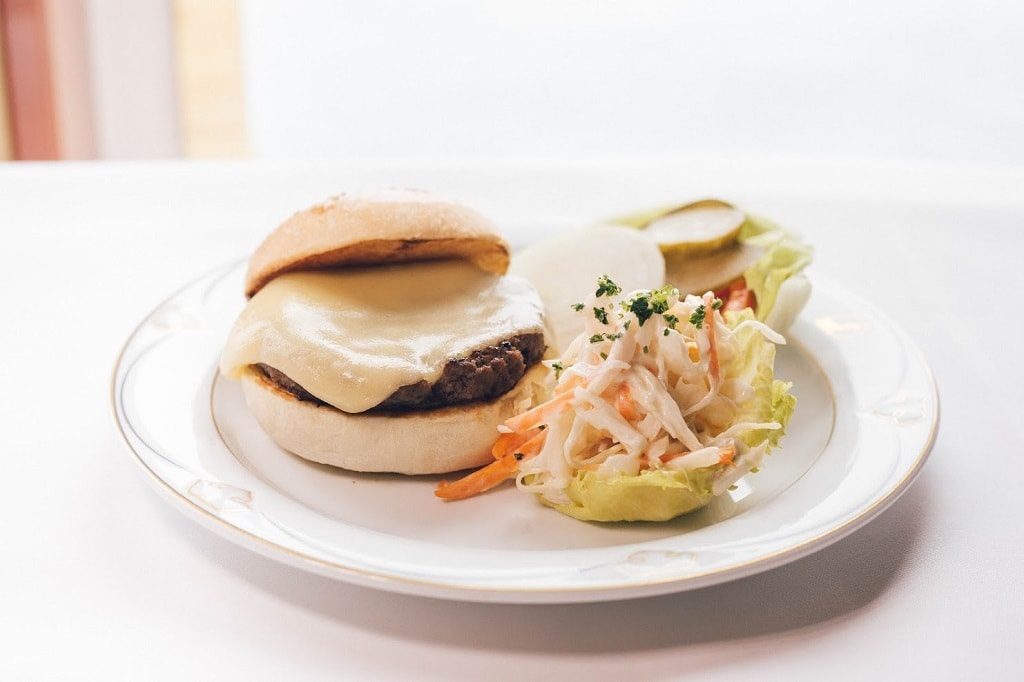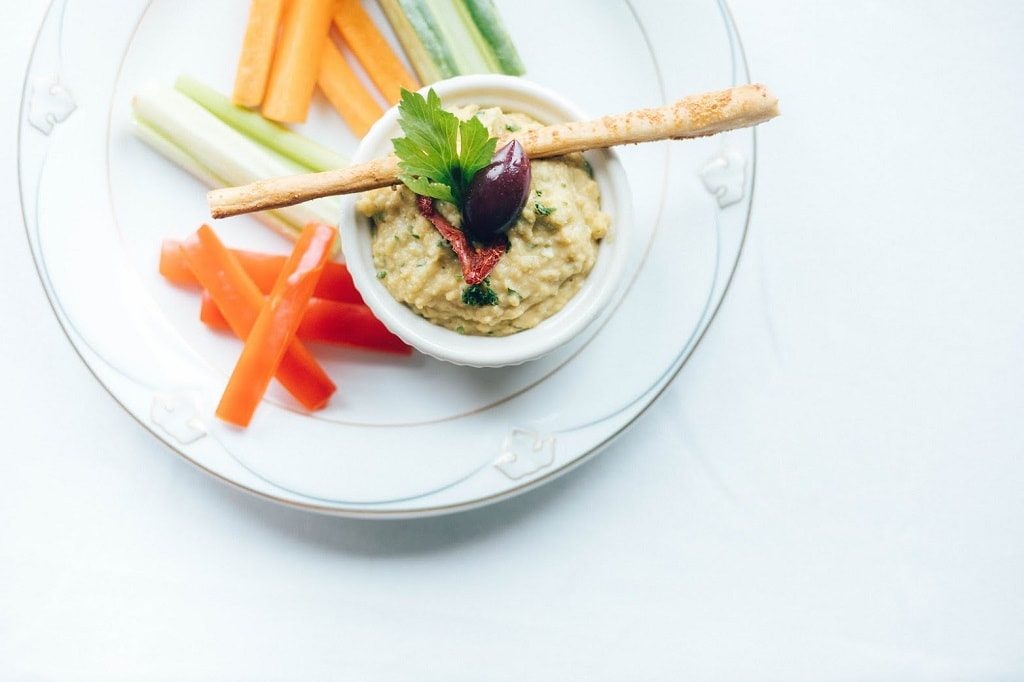Food Photography Tips for Beginners – How to Crush Your First Food Photoshoot
by Alex W.
So, it's happening! You got your first client asking for some quality food photography and you have an upcoming shoot confirmed and ready to go. But what should you be aiming for when shooting professionally made food? We've got some beginner food photography tips to help you out!
Whether it's a restaurant, cafe, or fast food joint-food remains (in my humble opinion) one of the hardest things to photograph.
With uncontrolled action, you can at least rely on emotion to tell your story. With product photography, you usually have great models and creative colors and backdrops to play around with. Even weddings can be easier-you usually have a few hours of photos to draw selects from, so you at least have options.
But food photography is tricky, because food doesn't last forever. If you get a hot plate brought out, elements of that dish like texture and color can change if it sits out for too long. You usually have a small window of time, limited options for backdrops, and only a few solid angles to work with.
So how do you do it? How do you crush your first photoshoot?
Contents
Here's some of my top food photography tips for beginners:
Food Photography Gear
The first thing you need before you enter any restaurant or studio is reliable gear.
It doesn't have to be the most expensive camera equipment on the market. It just needs to be a gear that's reliable, good quality and that you're familiar with.
Lighting
If you're doing a food photoshoot for a company that wants you to shoot at their location, lighting should be the first thing you think about.
Do you want to take advantage of outdoor lighting? If so, be prepared for clouds to shift, sunlight to change, etc.
Do you want more control? Try utilizing a corner of the restaurant indoors where there is flat lighting so you can set up some studio lights and maintain control of the lighting throughout your photoshoot.

Want to do a little bit of both? Set your food on a table inside next to a window and bring an external flash or a reflector to fill in the shadows.
If it's your first shoot, try the last approach and work your way up to having full control with a white backdrop and studio lighting.
Lenses
What about lenses? For food photography (especially if I'm shooting indoors), your best bet will be a portrait lens.
The trusty 50mm will never let you down, but if you want some added flexibility you can bring a 35mm and 85mm along as well (this may limit your ability to take 'top down' shots without a ladder).
You Might Like… 6 Reasons to Start Using Prime Lenses
-
Sigma 85mm f/1.4 DG HSM Art Lens for Canon EF (321954)
- The Sigma 85mm 1.4 DG HSM Art is the latest addition to the world renowned Sigma Global Vision Line
- It has equipped newly designed hyper sonic motor (HSM) for nimble AF control, 1.3 times better torque of its predecessor
Food
You can usually always find beauty in people, whether in their looks, their expressions, or the way they present themselves on camera.
You can edit landscape shots to bring out colors or play with lighting and make something that otherwise looks boring look amazing.
With food-it's tough to make food look good if the food just doesn't look good. If you're getting a fast-food burger and the ketchup is dripping everywhere, the meat looks sloppy and the buns are cracked or slightly damaged, that makes your job very difficult.
So, it's important to communicate to the company that they need to slowly and deliberately prepare the meal. Aesthetic and presentation goes a long way in food photography, and ultimately makes your job easier.

Food Photography Props
What kind of photos is your client looking for? Do they want the food to be the focus, but also want to allude to the aesthetic of the restaurant? Or are they wanting classic, white-background photos for promotional use?
Sometimes when people think 'food photography' and don't have a marketing background, they may not necessarily know what they want or what's available to them.
So, make sure you have that conversation up front. If you're comfortable offering lifestyle photos, consider bringing props to the shoot to include on a neutral background.
It can be something as simple as an off-set flower vase, a different colored tablecloth, or even a model's hands on silverware.
You can even go beyond the typical clean look and get some photos of the food being prepared. If they're making a cake, get the shot of them putting the final frosting touches on it. If it's soup or a liquid meal, try getting a ladle shot of them pouring the soup into a bowl.
Regardless of what prop you use, play with depth of field and make sure your food remains the focus. This is an easy way to spice up the shoot and give your clients extra content they didn't know they needed.
Color in Food Photography
Almost as important as lighting, color is going to be your best friend for these photoshoots.
If you already know what food you're shooting, think about complementary colors for props that will enhance the color of your subject.
For example, if it's a brown drink in a red cup on a white surface, add some brown coffee beans next to it or some yellow flowers in the background.

Be meticulous with each shot. Three go-to backgrounds you can use are: white backgrounds, wood backgrounds, and bolder, darker backgrounds (think navy or maroon).
Arrange your food differently depending on which angle you're shooting from, and make sure the colors add to rather than detract from the symmetry of the photo (eg too much color on the left side of the subject versus the right can be jarring if the food in the middle is symmetrical and balanced).
Now Go Crush It!
So there you have it-no matter what you plan on shooting, make sure you remember the basics and ensure lighting, color and gear are squared away.
Come in with a plan and treat the photoshoot just how you would treat any other: with control and confidence.
Who knows, maybe by the end of the shoot you'll get a free meal out of it, which (if you choose the right place), makes all the work worth it.
Article written by Allie Delury
Read More…
Ultimate Guide to Buying a Tripod
The Photographer's Wishlist - 29 Perfect Gifts for Photographers
 |
 |
 |
 |

About Alex W.
Alex is the owner and lead writer for Click and Learn Photography. An avid landscape, equine, and pet photographer living and working in the beautiful Lake District, UK, Alex has had his work featured in a number of high profile publications, including the Take a View Landscape Photographer of the Year, Outdoor Photographer of the Year, and Amateur Photographer Magazine.
Thoughts on "Food Photography Tips for Beginners – How to Crush Your First Food Photoshoot"
 |
 |
 |
 |
Learn Photography
You can Get FREE Gifts. Furthermore, Free Items here. Disable Ad Blocker to receive them all.
Once done, hit anything below
 |
 |
 |
 |